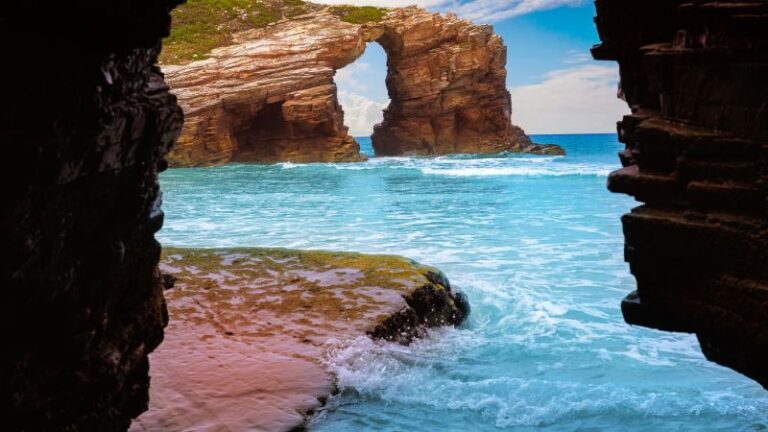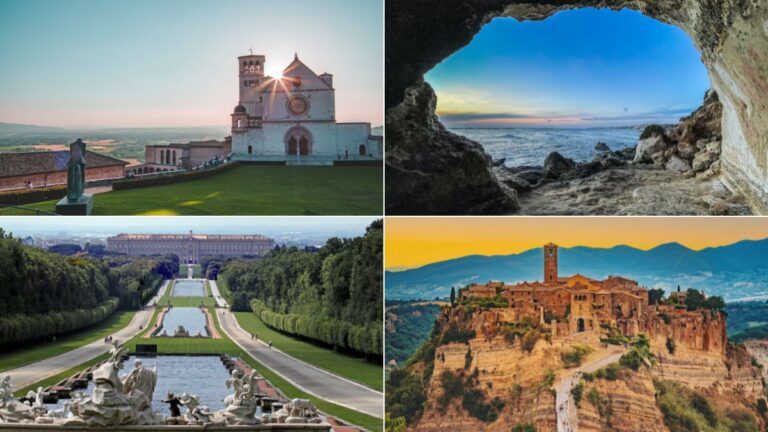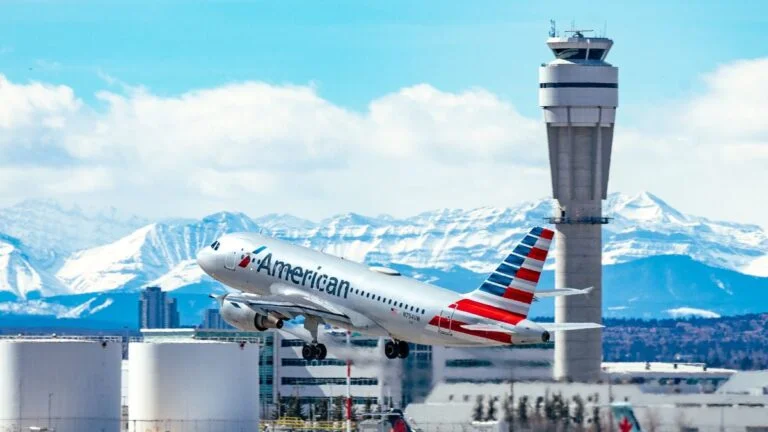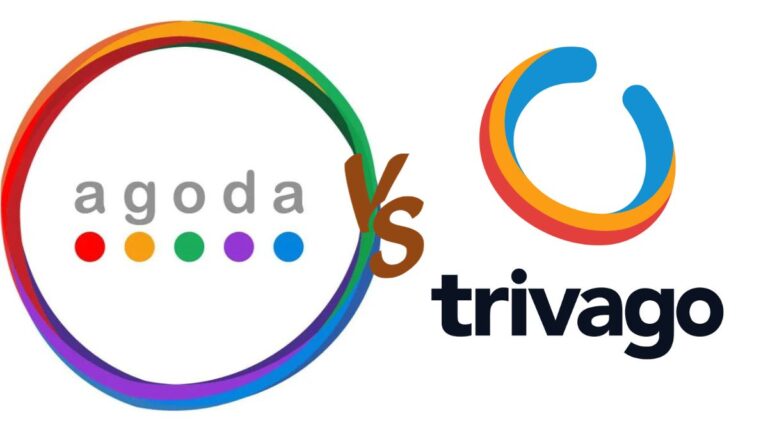Worst Time to Visit Boston: Winter Cold and Tourist Rush Periods
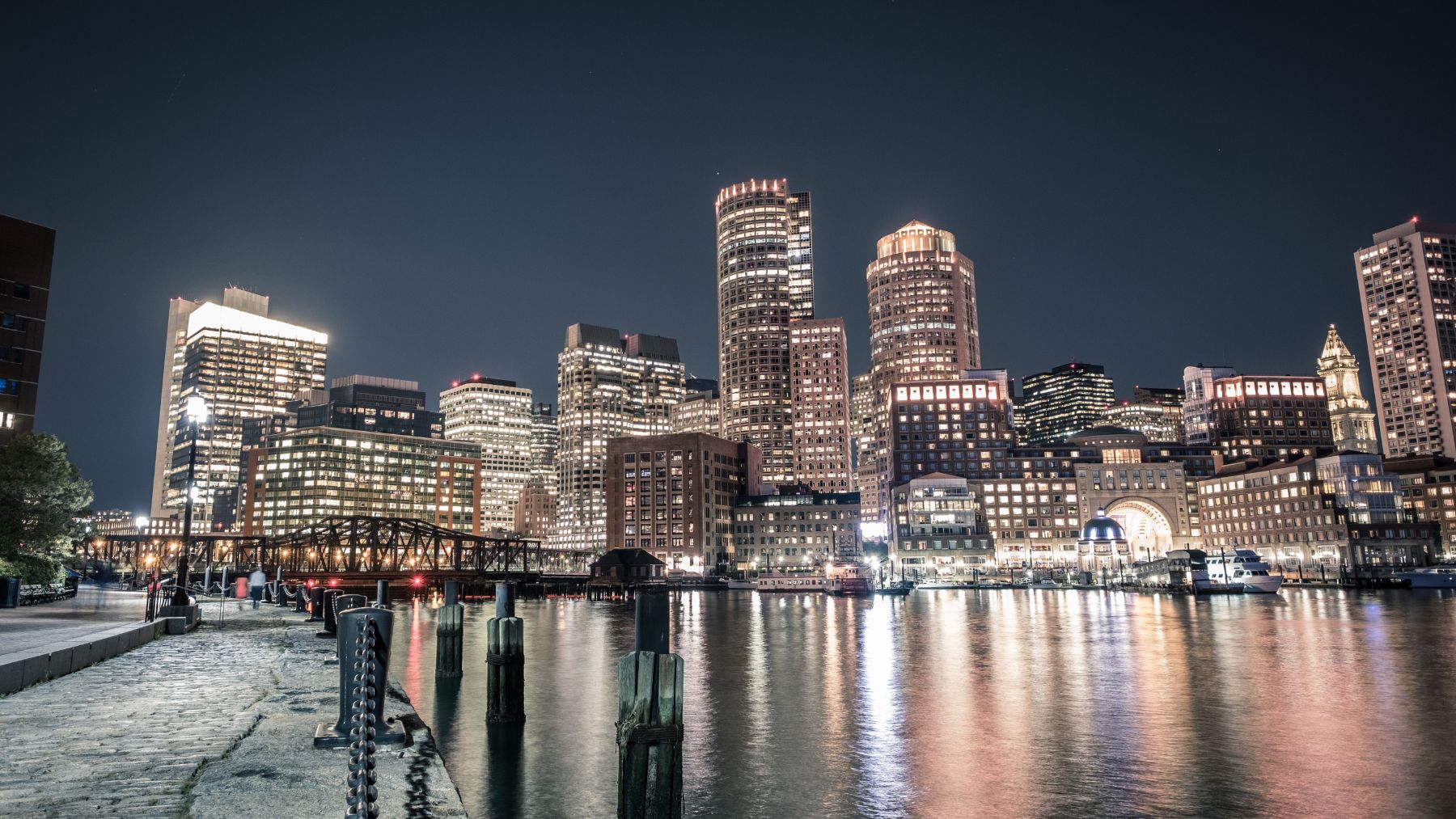
As participants in Amazon Associates and other programs, we earn from qualifying purchases. This comes at no additional cost to you. For more details, see our Affiliate Disclosure.
Boston, with its rich history, vibrant culture, and beautiful waterfront, is a city that beckons tourists year-round. However, planning a trip to this charming New England destination requires careful consideration of the timing. While the city has much to offer, there are specific periods when visiting Boston might be less enjoyable due to the harsh winter weather and overwhelming tourist crowds.
In this article, we’ll explore the worst times to visit Boston, focusing on the frigid winter months and the tourist rush periods, to help you make an informed decision for your next vacation.
Introduction to Boston’s Seasons
Boston’s four distinct seasons each bring their unique charm and challenges to the city.
Spring offers budding flowers and mild temperatures, making it an inviting time for outdoor enthusiasts.
Summer, with its warm weather and long days, draws crowds to the city’s parks, waterfront, and festivals.
Fall’s crisp air and vibrant foliage create a picturesque backdrop for sightseeing.
But winter, often characterized by its bitter cold and heavy snowfall, can present obstacles to travelers.
Meanwhile, certain times of the year also see a spike in tourist numbers, leading to other complications. Understanding Boston’s seasonal variations is essential for travelers looking to make the most of their visit, whether they are seeking the city’s cultural highlights or natural beauty.
The Winter Chill: What to Expect
Boston’s winter months are known for their frigid temperatures. Lows often linger in the 20s Fahrenheit, but they can sometimes dip into the single digits. The real bite comes from the wind chill factor. These strong, biting winds can reduce perceived temperatures significantly, adding to the chill.
Winter in Boston means regular snowstorms, which can create various challenges. Travel during snow can be tricky. Expect delays in flights, trains, and buses, and slippery, icy road conditions if you’re driving. These storms may also lead to attraction closures, particularly for outdoor sites.
Proper planning is essential for those visiting Boston in the winter. Wearing appropriate clothing is vital. Think warm layers, waterproof boots, and accessories like hats and gloves. Always check the weather updates. Local forecasts will help you prepare for sudden temperature drops or snow. Remember, proper footwear and tires can make navigating icy conditions much safer.
Despite the cold, winter in Boston offers unique attractions. Ice skating at rinks like Frog Pond provides a classic winter experience. Various winter festivals throughout the season celebrate the snowy charm of the city. Locations like Boston Common become snowy landscapes, turning the city into a picturesque winter wonderland.
Snowfall and Weather Disruptions
Boston’s winters are marked by frequent snowfall, often turning the city into a picturesque winter scene. However, these snowstorms can also lead to various disruptions and inconveniences for both residents and visitors.
Heavy snow can cause transportation delays, affecting flights, trains, buses, and road traffic. It’s not uncommon for flights to be delayed or even canceled during significant storms, and public transportation may run on a reduced schedule.
The city’s roads may become slippery and dangerous due to icy conditions, making driving more challenging. Proper tires and caution are essential when navigating Boston’s streets during winter.
Additionally, unexpected snowfall can lead to the closure of attractions, especially outdoor sites like parks and walking trails. Even some indoor places might close early or open late during severe weather conditions.
Tourists should always keep an eye on the local weather forecast and plan accordingly. Being aware of potential snow and weather disruptions allows for a more flexible and enjoyable visit to Boston during the winter months.
While snowfall adds to the charm of a Boston winter, it also brings the potential for various disruptions. Proper preparation and awareness of weather conditions can help travelers navigate these challenges and make the most of their winter visit to the city.
The Tourist Rush: Peak Periods to Avoid
While Boston’s winter cold may deter some, there are specific times of the year when the city sees a surge in tourist numbers. These peak periods can lead to crowded attractions, longer wait times, and a generally more hectic travel experience.
The summer months, especially July and August, often draw large crowds. During this time, the city hosts numerous festivals, concerts, and outdoor events, attracting visitors from all over.
Major holidays such as Independence Day, Labor Day, and Memorial Day weekends also see a spike in visitors. Hotels and popular attractions may be fully booked, and prices for accommodation and activities may rise.
Additionally, spring break and fall foliage season can result in increased tourism. The beautiful autumn leaves and pleasant spring weather make these seasons particularly appealing, but they also come with larger crowds.
If you’re looking to explore the city in a more relaxed and intimate manner, these peak periods may be best avoided. Early planning and booking can help if you decide to travel during these times, but consider alternatives like visiting during the shoulder seasons of late spring and early fall.
Recognizing and navigating the tourist rush in Boston is essential for a comfortable and enjoyable visit. Understanding the peak periods and planning accordingly can help ensure a smoother, more satisfying experience, whether you’re seeking cultural enrichment or leisurely exploration.
Overcrowded Attractions and Events
Boston’s rich history, culture, and entertainment offer something for every traveler. However, during peak tourist seasons, many of the city’s most popular attractions and events can become overcrowded, leading to a less enjoyable experience.
- Historic Sites: Places like the Freedom Trail, Faneuil Hall, and the USS Constitution Museum often see long lines and packed tours, especially during summer and holiday weekends.
- Museums and Galleries: The Museum of Fine Arts, New England Aquarium, and other popular venues may become quite crowded, with extended wait times for entry.
- Sporting Events and Concerts: Getting tickets to see the Red Sox or a show at the Boston Symphony Orchestra can be particularly challenging, and prices might surge during high-demand periods.
- Festivals and Outdoor Events: Boston hosts numerous festivals throughout the year, such as the Boston Marathon and Harborfest. These events attract large crowds, and accommodations nearby might be hard to find or expensive.
- Dining and Shopping: Even reservations at popular restaurants and shopping at famous markets like Quincy Market can be affected by the tourist influx, leading to longer waits and less availability.
To mitigate these challenges, travelers are advised to plan and book in advance. Consider visiting attractions during off-peak hours, such as early in the morning or mid-week. Utilizing CityPASS or similar tourist passes can sometimes reduce waiting times.
Another approach is to explore lesser-known attractions and hidden gems that might not be as crowded but still offer a genuine taste of Boston’s unique charm.
While the overcrowded attractions and events in Boston can pose challenges to travelers, strategic planning, and a willingness to explore off the beaten path can still allow for a fulfilling and enjoyable visit to this vibrant city.
Alternatives and Off-Peak Travel Tips
Visiting Boston without facing the crowds of peak seasons requires a bit of strategic planning. By exploring alternative attractions, traveling during off-peak times, and utilizing special passes, you can enjoy the city’s charm without the long lines and wait times. Here are some specific tips:
- Shoulder Seasons: Traveling during late spring or early fall can mean milder weather and fewer tourists.
- Advantage: Enjoy major attractions with shorter queues.
- Consideration: Book accommodations and activities in advance to secure availability.
- Off-Peak Hours: Visit popular sites early in the morning or on weekdays.
- Advantage: Less crowded experiences at museums, galleries, and historical sites.
- Consideration: Check operating hours as they may vary outside of peak times.
- CityPASS and Tourist Passes: Utilize passes for quicker entry and discounts.
- Advantage: Save money and time at major attractions.
- Consideration: Research which pass suits your itinerary best.
- Hidden Gems: Explore lesser-known attractions and neighborhoods.
- Advantage: Discover unique aspects of Boston’s culture without the crowds.
- Consideration: Research local blogs or ask residents for recommendations.
- Book in Advance: Make reservations for dining and activities ahead of your trip.
- Advantage: Secure spots at popular restaurants and events.
- Consideration: Flexibility may be limited; plan accordingly.
By employing these strategies, visitors can craft a memorable and comfortable trip, fully experiencing Boston’s rich offerings without the stress of overcrowded attractions.
Navigating Transportation During Busy Times
Navigating transportation in Boston during busy times can be a challenge, but with a little planning and knowledge of the options available, it can be made more manageable.
Boston’s transportation system, including the subway (known as the “T”), buses, and roads, can become particularly congested during peak hours, holidays, and special events. Traffic jams, packed trains, and delays may affect travel times. However, understanding the system and planning accordingly can ease the journey:
- Utilize Public Transportation: The “T” covers much of the city and surrounding areas.
- Advantage: Often quicker and more affordable than driving during rush hours.
- Consideration: May be crowded during peak times; plan for extra travel time.
- Consider Ride-Sharing and Taxis: Apps like Uber and Lyft operate in Boston.
- Advantage: Convenient and can save time if public transportation is delayed.
- Consideration: Costs may surge during high-demand periods.
- Biking and Walking: Many areas are bike-friendly, and walking can be pleasant.
- Advantage: Often the fastest way around downtown during busy times.
- Consideration: Weather conditions may affect this option.
- Plan Around Peak Hours: Avoid traveling during rush hours if possible.
- Advantage: Less crowded and quicker journeys.
- Consideration: Requires careful planning and flexibility in scheduling.
- Renting a Car: Useful if staying outside the city or planning side trips.
- Advantage: More control and convenience for certain destinations.
- Consideration: Traffic, parking costs, and navigating Boston’s complex streets.
- Check for Events and Closures: Special events may disrupt regular routes.
- Advantage: Knowing in advance allows for alternate planning.
- Consideration: Stay updated with local news or transportation apps.
By employing these strategies and staying informed about local transportation options and potential disruptions, visitors to Boston can navigate the city’s busy times with greater ease and confidence, ensuring a smoother and more enjoyable travel experience.
Planning Your Ideal Boston Visit
Boston offers a rich tapestry of history, culture, culinary delights, and entertainment. Planning your ideal visit means taking into consideration the seasons, crowd levels, transportation options, and personal preferences. By aligning your travel plans with off-peak times, exploring hidden gems, and considering practicalities like accommodation and dining, you can tailor an experience that captures the best of what the city has to offer.
Utilizing tools like CityPASS, staying informed about local events and transportation, and crafting a flexible itinerary allow for a more relaxed and enjoyable experience. Your ideal Boston visit awaits, whether you seek the bustle of summer festivals, the tranquility of a winter snowfall, or the charm of autumn leaves. With thoughtful planning and an openness to discovery, Boston’s unique blend of tradition and innovation offers endless possibilities for an unforgettable journey.
In summary, embracing Boston’s unique characteristics and aligning them with your travel desires ensures a trip filled with memorable moments. Let your curiosity guide you, and Boston will surely reward you with vibrant memories to cherish.


